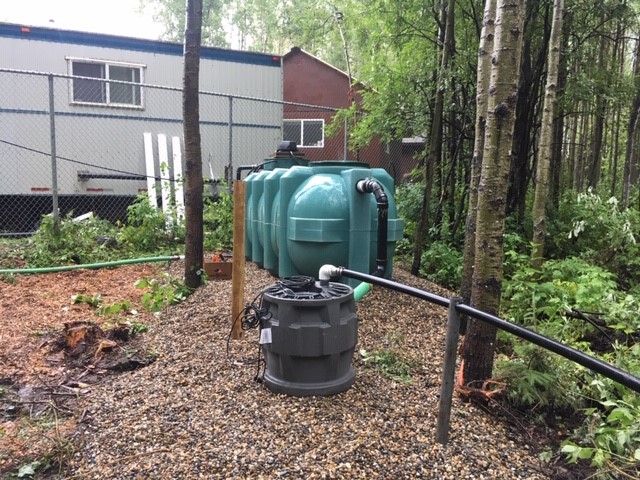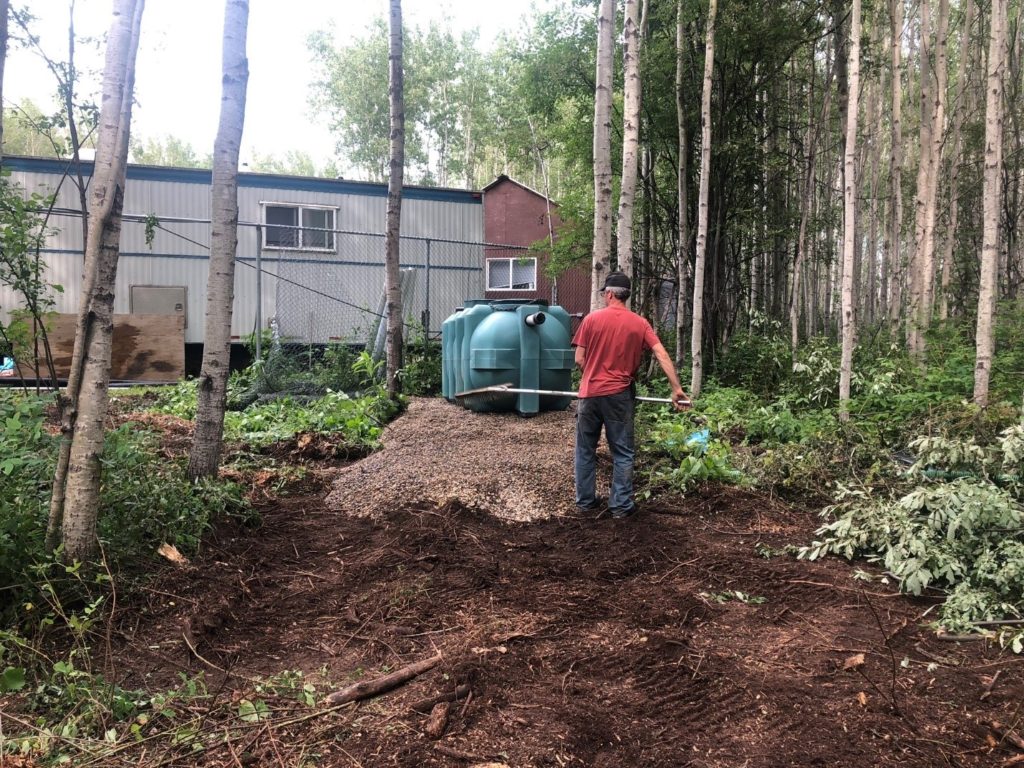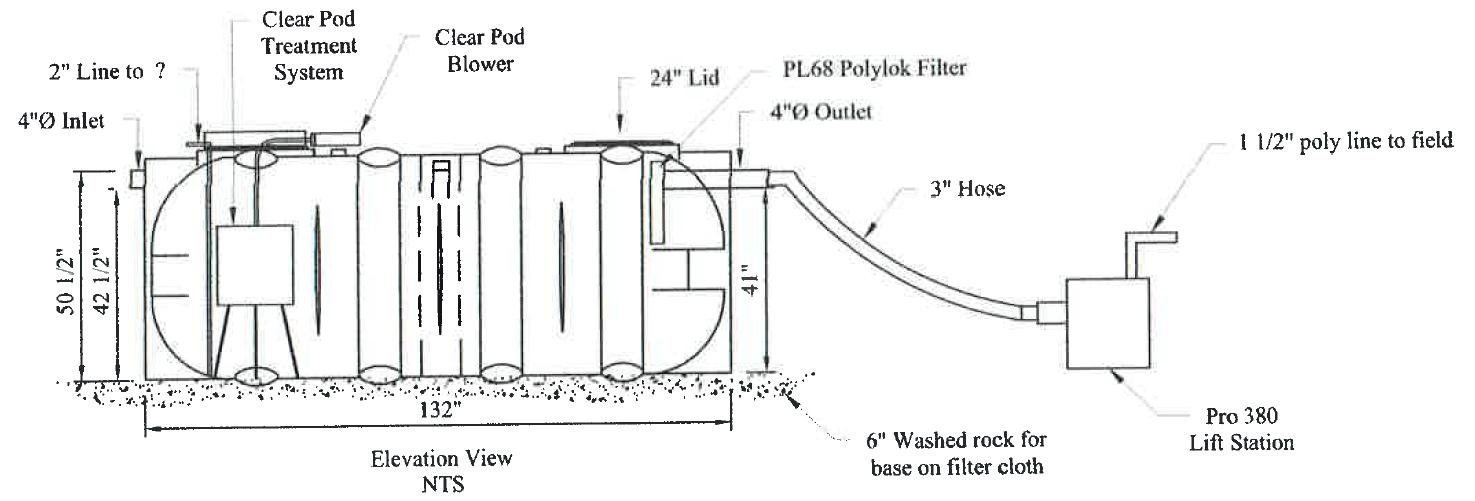On-site wastewater treatment upgrade for British Columbia Provincial Parks with ClearPod


A site operated by BC Provincial Parks had recently upgraded the wastewater treatment infrastructure for a seasonal remote housing unit for staff in July 2019. The upgrade included a ClearPod as a solution to provide additional treatment. The unit was a 300 square foot single bedroom trailer operated from March to September. The trailer contained a kitchen and bathroom with a shower, accommodating up to three personnel.
Existing wastewater treatment infrastructure was inadequate and incorporated a nearby outhouse and effluent pipe connecting directly from the trailer into nearby sub-soil for dispersion of grey water and limited amounts of black water. Adequate wastewater treatment infrastructure was required and an additional method/ source for treating the grey and blackwater.

The site is limited in space, has shallow suitable soils and is forested. The property is within a park, ruling out construction of lagoon or any other wastewater treatment system requiring excavation. Site limitations restricted the options available for suitable wastewater treatment that could be implemented.

ClearPod technology is a robust, drop-in, fixed film aeration unit that takes about 1 hour to install. It decreases the organic loading to the leachfield by 85% but still allows solids to settle due to gentle aeration supplied to the fixed film. By converting the septic tank into a treatment system ClearPod helps remove wastewater organic material to less than 45 mg/l for TSS and BOD. A standard septic tank by itself would have untreated organics, potentially overloading and clogging the leachfield performance.
Northern Waste Water Systems (NWWS) were contacted to implement a solution. An above ground single compartment 1000L polyethylene septic tank was installed with a Standard ClearPod unit. The tank ran to a lift station that pumped the treated wastewater to disperse to a new Alberta-At-Grade leachfield. By implementing ClearPod into the system the total solution was capable of providing additional treatment, system redundancy with (1) a low energy cost, (2) short install time, and (3) minimal soil disturbance to the surrounding area.

